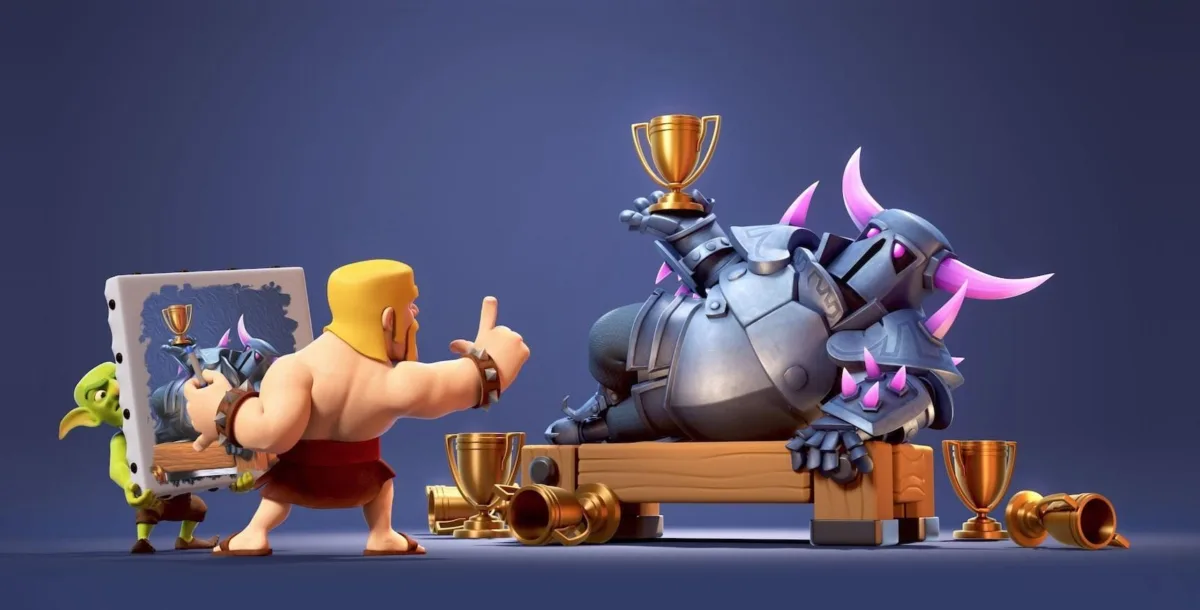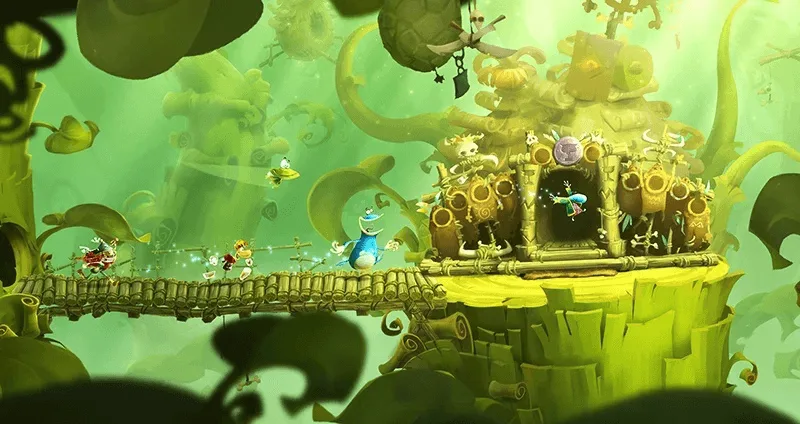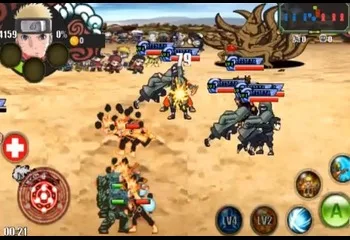Creating 2D game art that stands out from the crowd can be a daunting task. It takes skill, creativity, and a lot of hard work to create visuals that are both unique and eye-catching. But with the right tips and tricks, you can create art that is sure to impress your audience. In this blog post, we will explore some tips for creating diverse and unique 2D game art concepts. So let’s get started!

Importance of diversity in game art
One of the most important aspects of creating 2D game art is ensuring that your visuals are diverse and unique. This is particularly important if you want to appeal to a wider audience, as well as set your game apart from the crowd. Diverse and unique visuals help to create a more immersive experience for players, drawing them into the story and helping them to connect with the characters and environment.
Tips for creating diverse and unique 2D game art
1. Research different styles of game art. Look at different games and their visual styles, paying attention to how they use color, lighting, and other design elements to create a sense of depth and realism in their visuals. This can help you to develop your style and find inspiration for your art.
2. Use a variety of textures and styles in your game art. This can help to create visually interesting compositions, as well as make your visuals more unique and eye-catching. For example, you might use different patterns or gradients, or experiment with materials like metal, leather, or wood.
3. Focusing on all aspects of the game, not just characters and environments. Paying attention to the smaller details in your art can also help to create unique visuals that stand out from the crowd. For example, consider adding special effects and animations like particles or animated textures to your game objects, or including subtle details like shadows or reflections.
4. Collaborating with other artists and designers. Working with other professionals can help to ensure that your game art is as diverse and unique as possible. For example, teams of artists may work together on different aspects of the visuals, such as character design or environment creation, allowing them to draw on each others’ ideas and styles.
5. Getting feedback from others. As you create your art, make sure to solicit feedback from other artists and designers, particularly those with experience in 2D game art. This can help you to identify any areas where your visuals may be lacking, or where they could be improved to better appeal to a wider audience.
Benefits of diverse game art
There are many benefits of creating diverse and unique 2D game art, including:
- Creating more immersive visuals that help to draw players into the story and setting of your game.
- Helping your game to stand out from the crowd, making it more likely to be noticed and appreciated by players.
- Engaging players on an emotional level, helping them to connect with the characters and story of your game.
- Work with 2D art development service providers, if you’re looking for help creating diverse and unique 2D game art, there are many professional services that can assist you.
Whether you are just starting out in 2D game art or looking for ways to improve your existing skills, these tips can help you to create more diverse and unique visuals that are sure to impress your audience.
Types of diversity in game art
There are many different types of diversity that can be seen in 2D game art, including:
Cultural diversity refers to the inclusion of artwork that reflects and celebrates different cultures and traditions. This might include representations of people and characters from different ethnic backgrounds, as well as imagery inspired by traditional art styles such as tribal designs or Asian calligraphy.
Gender diversity refers to the inclusion of female characters and other gender minorities in-game art. This can help to broaden the appeal of your visuals, as well as provide representation for players who may not see themselves reflected in existing games and media.
Stylistic diversity refers to the inclusion of different visual styles and techniques in your artwork. This might include everything from hand-drawn illustrations to 3D models, and can help to make your visuals more unique and engaging for players.
With so many different types of diversity available, there is no shortage of ways to create diverse 2D game art that will appeal to a wide range of audiences. By experimenting with different styles and techniques, as well as collaborating with other artists and designers, you can create visuals that are sure to wow your players and set your game apart from the competition.
Examples of diverse and unique game art concepts
Some examples of diverse and unique 2D game art concepts include:
1. “Mystic Vale,” a card-based strategy game that features exquisitely detailed artwork inspired by Japanese watercolors and ink drawings. This distinctive visual style helps to create an immersive and enchanting experience for players, immersing them in the story and setting of the game.
2. “Octopath Traveler,” a fantasy RPG that features a diverse cast of characters, each with their own unique abilities and visual style. The combination of different art styles in this game helps to create visuals that feel fresh and original, engaging players on an emotional level and drawing them further into the story and world.
3. “Uncharted Waters: New Horizons,” a seafaring RPG that features beautifully-rendered 3D character models and environments, along with hand-drawn artwork for the game’s interface and other elements. This combination of different visual styles helps to create an engaging and immersive experience for players, immersing them in the story and setting of the game.
4. “Cuphead,” an action platformer that combines traditional hand-drawn animation with beautifully rendered 3D backgrounds. This unique combination of different art styles helps to create a visually striking and engaging experience for players, immersing them in the story and world of the game.
5. “Child of Light,” a side-scrolling action RPG that features gorgeous hand-painted backgrounds and sprite art, along with stunning 3D character models. This combination of different visual styles helps to create a visually striking and distinctive game, keeping players engaged from start to finish.

Conclusion
There are many different types of diversity that can be seen in 2D game art, including cultural diversity, gender diversity, and stylistic diversity. By experimenting with different styles and techniques, as well as collaborating with other artists and designers, you can create visuals that are sure to impress your audience and set your game apart from the competition.



